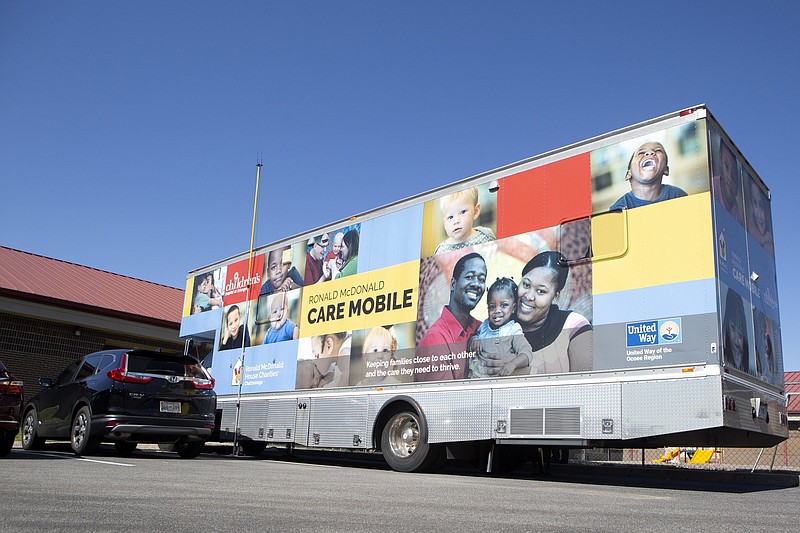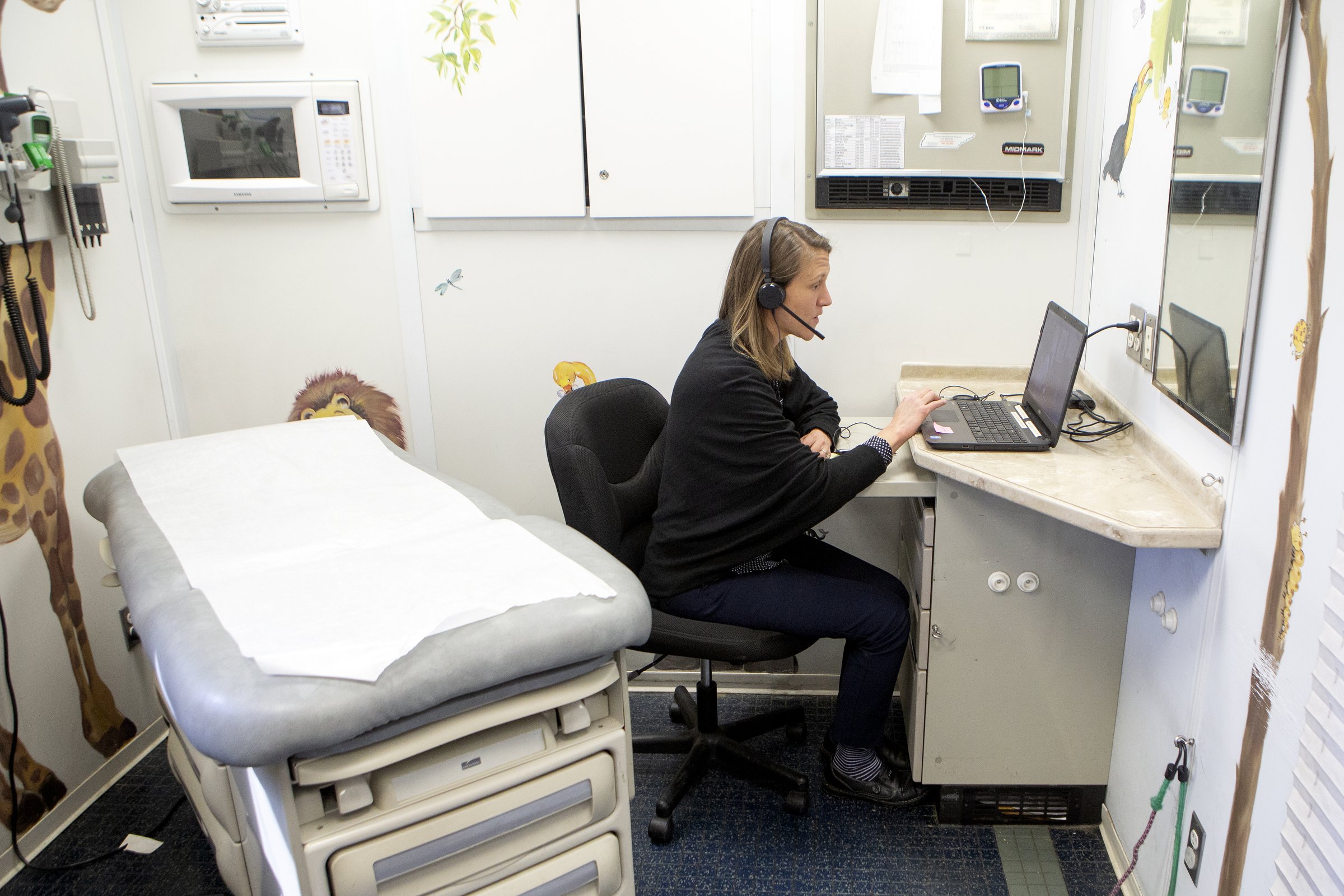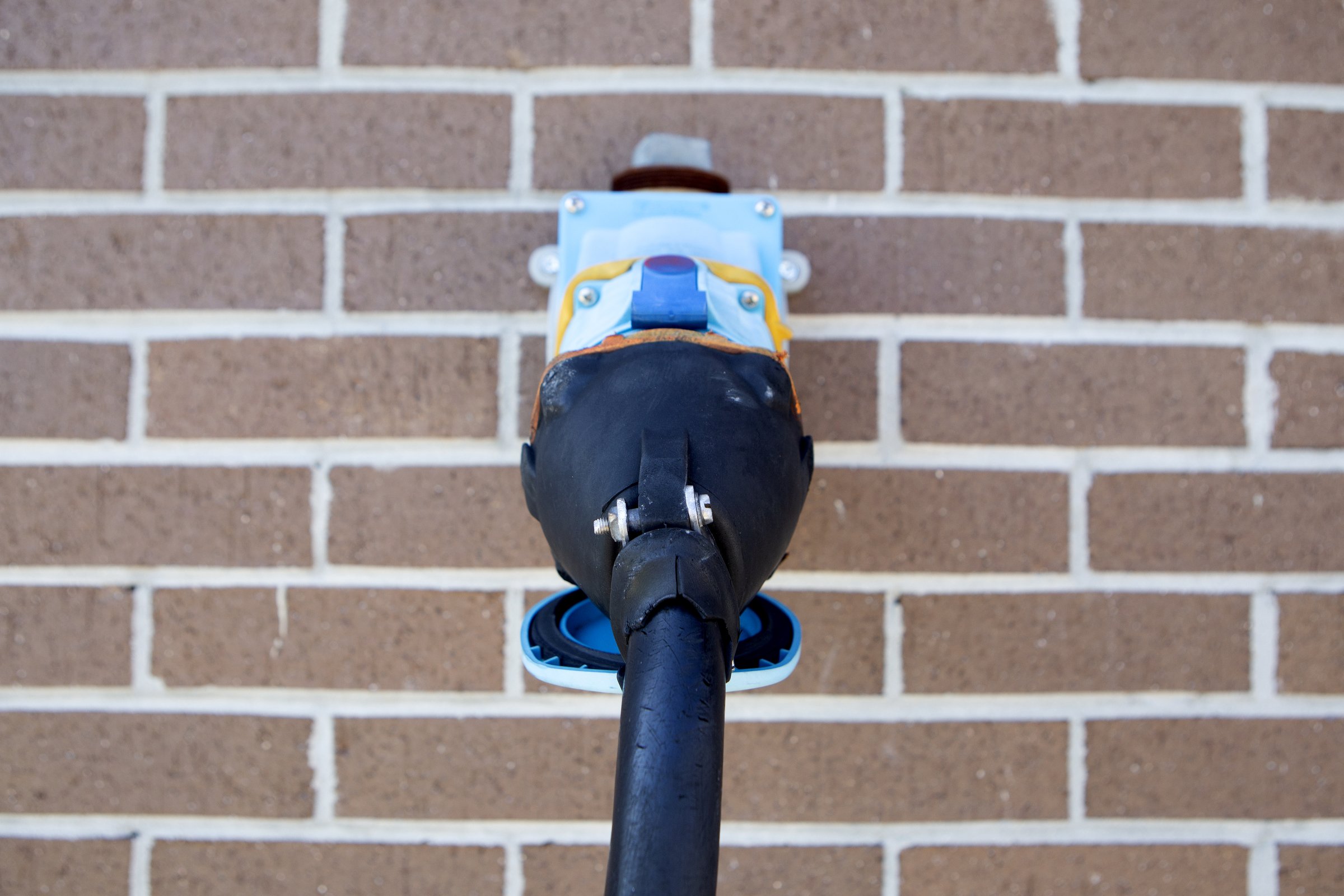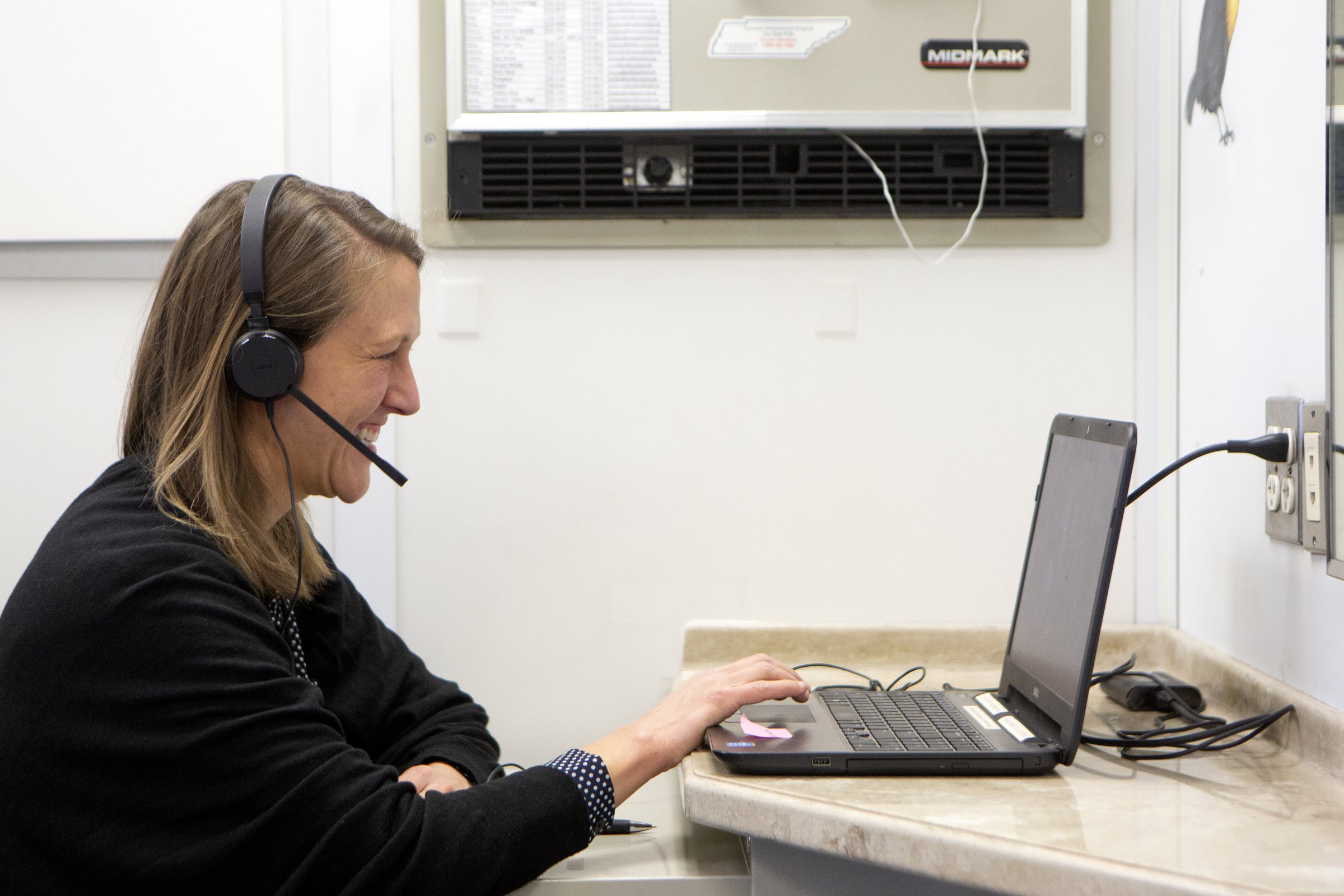In Tennessee, where 13 hospitals have closed in the last decade (the second most of any state), public transportation is limited, chronic disease and poverty rates are high and physicians are in short supply, technology may be a person's best chance of receiving needed care. Neighboring Georgia and Alabama face similar challenges.
Tara Padgett, director of clinical informatics and telemedicine at Floyd Medical Center - a roughly 300-bed hospital in Rome, Georgia - says the health system started using telemedicine for psychiatric services about two years ago because behavioral health specialists are in such high demand nationally.
Then, in the fall, Floyd began a "telestroke" program to connect providers in the emergency department to board certified neurologists - physicians who are experts at treating strokes.
"With a stroke patient, you need a doctor to respond very quickly," Padgett says.
During a stroke, an estimated 2 million brain cells die each minute that the brain's blood supply is blocked. Patients have the best chance of successful recovery if providers are able to shorten the time it takes to remove the blood clot - known as the "time to needle."
Now, when a patient presents at the emergency department with the signs and symptoms of stroke, Floyd issues a stroke alert. Team members do a quick head-to-toe assessment and send the patient straight to CT scan as neurologists at another location review the images with Floyd providers. If the doctors determine the patient needs surgery to remove the clot, they're airlifted to a tertiary care center. Patients whose clot can be medically treated stay put and continue to be monitored by a neurologist.
"We have neurologists in town, but they're also practicing in the office. So with them implementing the telestroke program, they've decreased 'time to needle' by 20 minutes," Padgett says.
Floyd's telestroke program is through Chattanooga-based Erlanger Health System, which has similar partnerships that provide 24-7 neurology coverage in emergency departments at several other regional hospitals.
"Highly specialized doctors migrate to urban areas. Unfortunately, that leaves our rural hospitals pretty bare," says Matthew Shafer, Erlanger's administrative director of telemedicine. "Putting this together was all about making sure the stroke care in the region matched as closely as possible to what we do in downtown Chattanooga."
Dr. Andrea Willis, chief medical officer of BlueCross BlueShield of Tennessee, says high risk obstetrics is another area where telemedicine has successfully linked care to patients in rural areas - where a specialist might be two hours away. If expectant mothers miss their appointments, the chances of maternal or infant mortality increase. Telemedicine lets them access a specialist close to home so they only travel when it's absolutely necessary.
"Not only does the rural OB/GYN get some education from the specialist, but they've also established a relationship with the patient so that the transition can be seamless," Willis says.
But rural areas also have a need for more basic care, Shafer says.
That's why schools in Bradley, Bledsoe, Grundy, Sequatchie and Meigs counties are using telemedicine services through Erlanger to allow school nurses to communicate with nurse practitioners stationed inside a mobile medical clinic in Bradley County - the hub of Erlanger's school telemedicine program. Ronald McDonald House Charities of Greater Chattanooga, the Lyndhurst Foundation, other donations and grants provided the funds to start and sustain the program.
If a student comes to the nurse's office with symptoms that warrant a telehealth visit - fever, sore throat, congestion - the school calls their guardian and asks if they want a visit or to take the child to their regular provider. Visits typically happen within 10 to 15 minutes, last about as long, and are conducted by a trained nurse in communication with an Erlanger nurse practitioner, who watches through a webcam. Many times, the parent joins via phone.
"We're finding that students return back to school quicker, because they're getting treated faster, and they're not having to miss school when it's non-contagious," says Michelle DeBord-Rains, school health coordinator and nursing supervisor for Bledsoe County Schools.
Shafer says while the school health program has helped fill some gaps in care, it's not a replacement for a primary care provider, and many needs remain unmet due to poor reimbursement from health insurance providers.
"We would love to launch more services, because it makes sense to increase access to care, but we just can't because the reimbursement isn't there," he says.
Currently, the state recognizes telemedicine visits when a patient or provider at a health care facility is communicating with another health care facility. It also allows for people to access direct-to-consumer services for non-emergency medical needs. However, insurance companies aren't required to reimburse for those services as they would for a face-to-face visit, and costs can range from fees per appointment or subscriptions.
State Rep. Robin Smith, R-Hixson, is currently sponsoring a bill to address the parity in health insurance reimbursement rates for telemedicine.
What is telemedicine?
Telemedicine, also called telehealth, provides long-distance clinical health care using electronic information and telecommunication technologies. Its goal is to bring health care to populations who face barriers, such as those in rural communities, those living in poverty or people who are homebound. Advocates tout its potential to provide not only needed medical care but cost savings.
The bill would allow a patient's existing provider to consult with them through a HIPAA compliant application in real-time. The provider would need to have seen the patient within the last 18 months and have access to their medical records during the virtual visit. Smith says those aspects of the bill are important, because a common criticism of telemedicine is that it erodes the doctor-patient relationship and leads to fragmented care.
"We absolutely value the medical home, which this bill protects," Smith says during a House Insurance Committee meeting in March, adding that there are situations that still require physical exam and therefore telemedicine is not appropriate. She used the analogy of an attorney and client to illustrate the reimbursement issues.
"A licensed attorney can welcome a client into his or her office, sit across the desk and give 15 minutes of expert legal advice and bill for 15 minutes," she says. "That same 15 minutes of billed legal advice could also be delivered if the attorney is on the golf course."
However, a Tennessee physician doesn't have that same ability to bill their patients for remote visits.
"One of our colleagues who has a trucking fleet was very interested in this bill, because it permits his patients who have diabetes to be in their trucks checking in with their existing providers," Smith says.
Kelly Paulk, vice president of product strategy and individual markets for BlueCross, says that BlueCross believes telemedicine has great potential to expand access, but utilization of BlueCross's own direct-to-consumer telemedicine service remains lower than expected despite customers reporting high satisfaction rates across the industry.
"We have not seen a huge shift from in person visits," Paulk says. "I think a lot of people don't even know it's available."
The service lets members speak to a doctor or therapist anytime through the PhysicianNow mobile app for common ailments such as sinus infections, fever, sore throat. Although many think nights and weekends would be the most popular times to access the service, she says the majority of use happens during the workday.
"About a quarter of use happens over the weekend, but the vast majority happens in business hours," she says. "But that makes sense to me, because people are working, and they may not be able to take off work or want to take off work."
As the appetite for telemedicine grows, Shafer says health leaders will figure out where it works and where it doesn't.
"Constantly people say, 'Let's throw telemedicine in there and go,' but you have to be very careful what you choose to use it for," Shafer says, because it's not a silver bullet for all our health care challenges.
READ MORE
* Battle for balance: Medicine's tech takeover challenges physicians to keep the focus on people first
* Looking good: Technology cuts the need for scalpels in cosmetic procedures
* Minds at work: Technology clears a path for mental health providers



